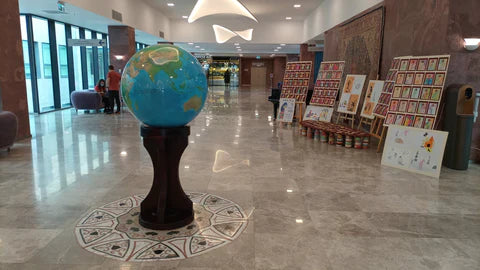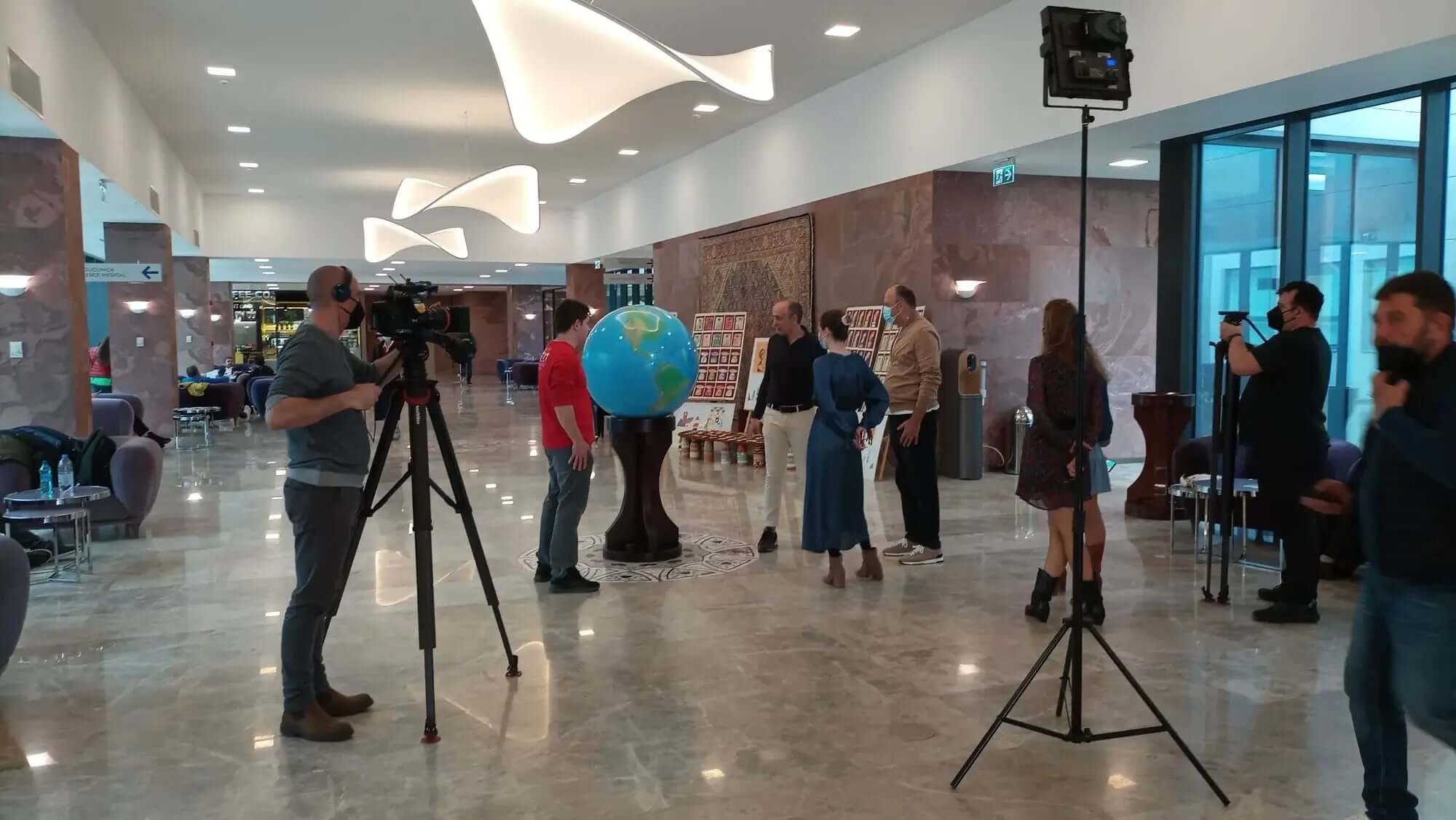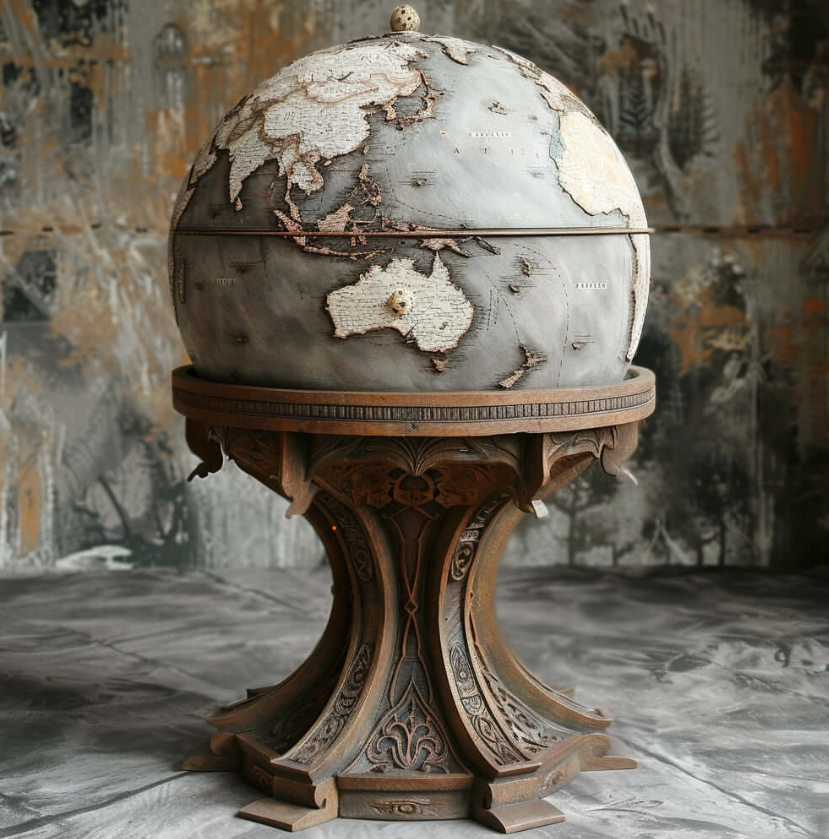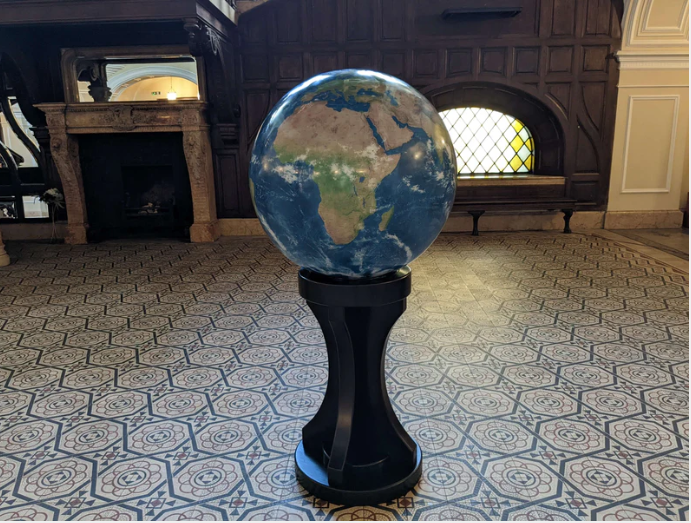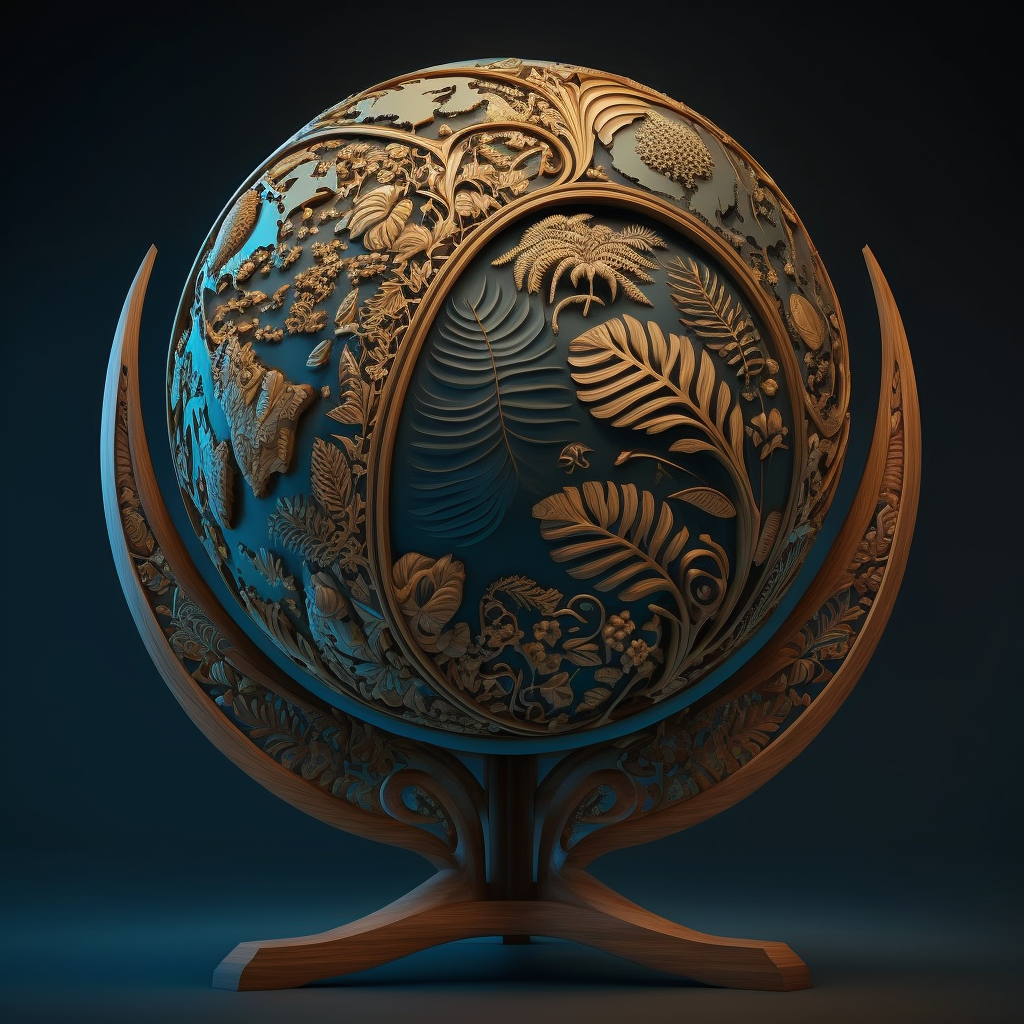
Globi del Mondo - Una Storia Affascinante
Dalle loro origini antiche ai modelli digitali ad alta tecnologia di oggi, i globi sono sempre stati una finestra sulla nostra comprensione del mondo che ci circonda. Unisciti a me mentre esploriamo la ricca storia, la scienza incredibile e il fascino duraturo di queste rappresentazioni sferiche del nostro pianeta.

La Storia Antica dei Globi
La prima evidenza registrata di un globo risale all'antica Grecia, dove il filosofo e matematico Crate di Mallo creò un globo celeste intorno al 150 a.C. Questo primo globo probabilmente rappresentava le stelle e le costellazioni ed era utilizzato come strumento per mappare i cieli.
Tuttavia, non fu fino all'Età delle Esplorazioni nel XVI secolo che i globi iniziarono a diffondersi realmente. Con i marinai che si avventuravano sempre più lontano da casa, c'era una crescente necessità di mappe accurate del mondo. E così, furono creati i primi globi terrestri, che presentavano i continenti e gli oceani come erano allora conosciuti.
La Scienza dei Globi
Una delle cose che rende i globi così affascinanti è la straordinaria quantità di conoscenze scientifiche che entrano nella loro creazione. Per rappresentare accuratamente la superficie della Terra, i globi devono tenere conto della forma del pianeta (un ellissoide oblato), delle sue dimensioni e della sua orientazione rispetto al sole. Devono anche rappresentare accuratamente la topografia della Terra, comprese le sue montagne, valli e oceani.
Per fare ciò, i cartografi utilizzano un processo complesso noto come rilievo geodetico, che implica la misurazione della superficie terrestre utilizzando la tecnologia satellitare e calcoli matematici. Queste informazioni vengono quindi utilizzate per creare un modello digitale di elevazione, che viene utilizzato per produrre una rappresentazione altamente dettagliata e accurata della superficie terrestre.
L'arte dei globi
Ma i globi sono più di semplici strumenti scientifici; sono anche opere d'arte. Dalle intricate illustrazioni dipinte a mano dei primi globi terrestri, alle immagini satellitari altamente dettagliate dei moderni globi digitali, ognuno di essi è una rappresentazione unica del nostro mondo.
E proprio come la scienza dei globi si è evoluta nel tempo, così anche il loro aspetto. I globi digitali di oggi possono essere interattivi, consentendo agli utenti di ingrandire e rimpicciolire, ruotare ed esplorare il mondo in 3D. Possono anche essere personalizzati con un'ampia gamma di dati, dai confini politici e dati sulla popolazione, alle correnti oceaniche e ai modelli meteorologici.
Il Fascino Duraturo dei Globi
Quindi, perché i globi continuano a affascinarci, anche in un'epoca in cui abbiamo accesso a mappe altamente dettagliate e immagini satellitari a portata di mano? Credo che sia perché offrono una connessione tangibile con il mondo che ci circonda. Tenendo un globo tra le mani, possiamo vedere fisicamente il mondo nel suo insieme e comprendere le relazioni tra i diversi paesi e continenti.
E per coloro che amano viaggiare, i globi servono da promemoria di tutti i luoghi incredibili che devono ancora essere esplorati. Ci ispirano a sognare terre lontane e a immaginare come potrebbe essere visitarli.
In conclusione, i globi sono più di semplici rappresentazioni del mondo. Sono una testimonianza della nostra incessante ricerca di conoscenza e un simbolo della nostra duratura fascinazione per il mondo che ci circonda.
